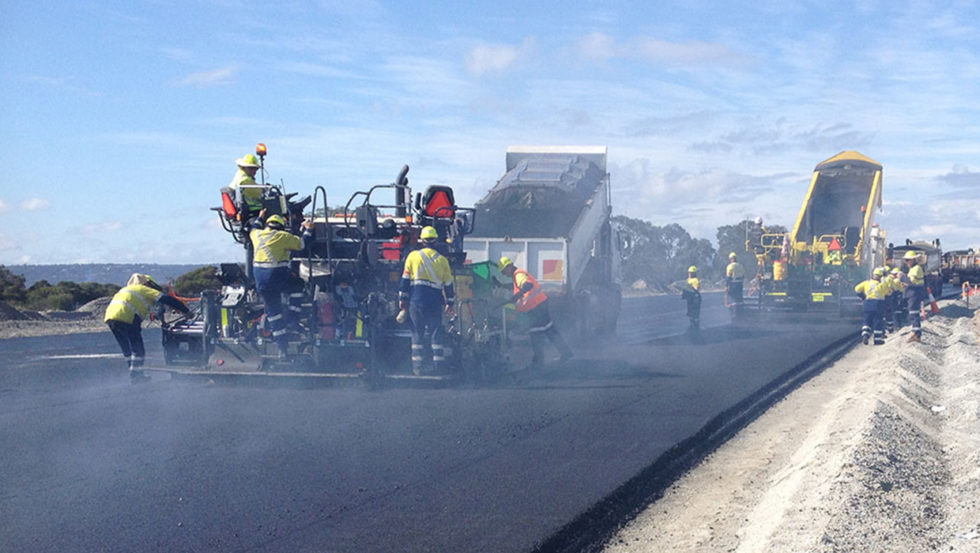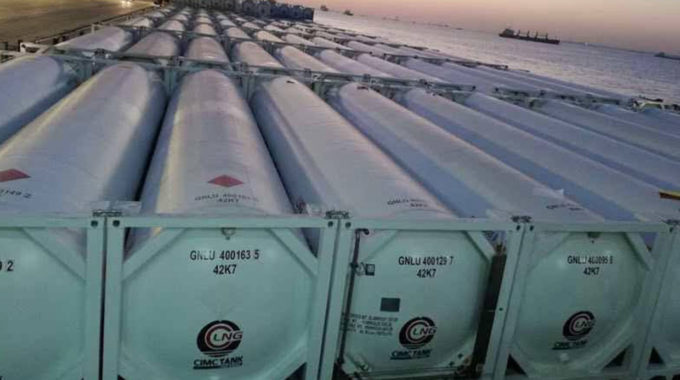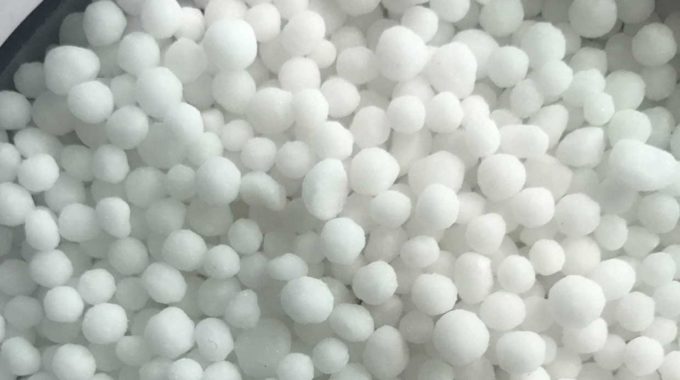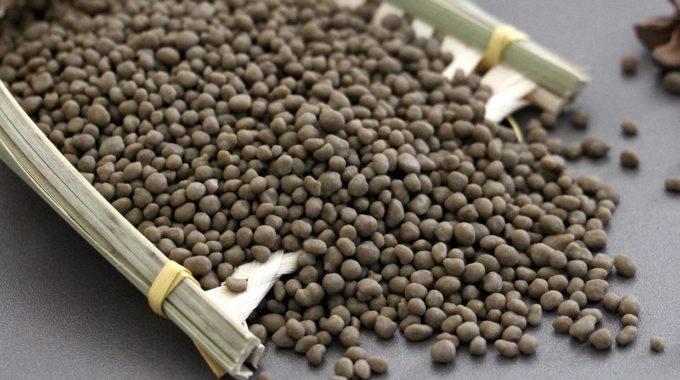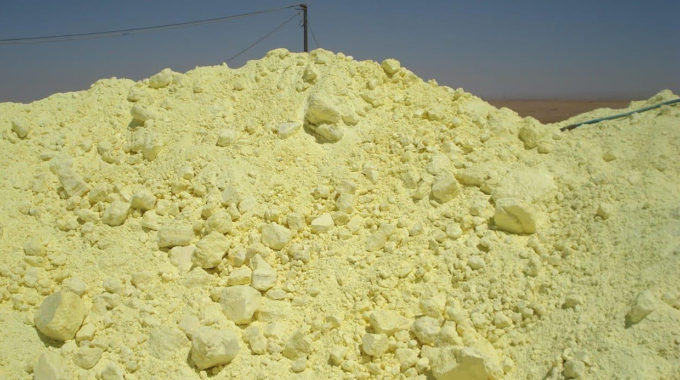A tank container or tanktainer is an intermodal container for the transport of liquids gases. It is built to the ISO standards, making…
BITUMEN
Bitumen is naturally occurring and is a black, sticky and highly vicious form of petroleum. It is so thick and heavy that it must be diluted or heated before it will flow. It is naturally occurring and sometimes specified by the term “Crude Bitumen”. Its viscosity is similar to that of cold molasses while the material obtained from the fractional distillation of crude oil boiling at 525 °C (977 °F) is sometimes referred to as “Refined Bitumen”.
The primary use (70%) of asphalt is in road construction, where it is used as the adhesive or binder mixed with aggregate particles to create asphalt concrete. Its other main uses are for bituminous waterproofing products, including production of roofing felt and for sealing flat roofs. The material can be found in various forms; tar and it is derived from oil, rock asphalt and it is natural.
The components of asphalt are classified into four classes of compounds:
• Saturates, the % saturates correlates with softening point of the material.
• Naphthene aromatics, consisting of partially hydrogenated polycyclic aromatic compounds.
• Polar aromatics, consisting of high molecular weight Phenols and carboxylic acids.
• Asphaltenes, consisting of high molecular weight Phenols and heterocyclic compounds.
In 2016 the world’s demand for this commodity accounts for more than 100 Million tons per year, which is approximately 1,400 Million barrels consumed yearly. It is often referred to as asphalt or tar.
Bitumen is applied in Construction and Maintenance of:
Agriculture:
• Disinfectants
• Fence post coating
• Mulches
• Mulching paper Paved barn floors, Barnyards, Feed platforms
• Protecting tanks, Vats
• Protection for concrete structures
• Tree paints (Protective)
• Water and moisture barriers (Above and below ground)
• Wind and water erosion control
• Weather modification areas
Buildings & Industrial Paving:
• Water & Moisture barriers (Above and below ground)
• Floor compositions, Tiles, Coverings
• Insulating fabrics, Papers
• Step treads
• Building papers
• Caulking compounds
• Cement waterproofing compounds
• Glass wool compositions
• Insulating fabrics, Felts, Papers
• Joint filler compounds
• Laminated roofing shingles
• Liquid roof coatings
• Plastic cements
• Shingles
• Acoustical blocks, Compositions, Felts
• Bricks
• Damp proofing coatings, Compositions
• Insulating board, Fabrics
• Masonry coatings
• Plasterboards
• Putty
• Soundproofing
• Stucco base
• Wallboard
• Air–drying Paints, Varnishes
• Artificial timber
• Ebonised timber
• Insulating paints
• Plumbing, Pipes
• Treated awnings
• Canal linings, Sealants
Hydraulics & Erosion Control:
• Catchment areas, Basins
• Dam grouting
• Dam linings, Protection
• Dyke protection
• Ditch linings
• Drainage gutters, structures
• Embankment protection
• Groynes
• Jetties
• Levee protection
• Mattresses for levee & Bank protection
• Membrane linings, Waterproofing
• Reservoir linings
• Revetments
• Sand dune stabilization
• Sewage lagoons, Oxidation ponds
• Swimming pools
• Waste ponds
• Water barriers
• Backed felts
Industrial:
• Conduit insulation, Lamination
• Insulating boards
• Paint compositions
• Papers
• Pipe wrapping
• Insulating felts
• Panel boards
• Under seal
• Battery boxes, Carbons
• Electrical insulating compounds, Papers, Tapes, Wire coatings
• Junction box compound
• Molded conduits
• Black grease
• Buffing compounds
• Cable splicing compound
• Embalming
• Etching compositions
• Extenders
• Explosives
• Lap cement
• Plasticizers
• Preservatives
• Printing inks
• Well drilling fluid
• Armored bituminised fabrics
• Burlap impregnation
• Mildew prevention
• Sawdust, Cork, Asphalt composition
• Acid–proof enamels, Mastics
• Acid–resistant coatings
• Air–drying paints, Varnishes
• Anti–corrosive & Anti–fouling paints
• Antioxidants & Solvents
• Base for solvent compositions
• Baking & Heat resistant enamels
• Boat deck sealing compound
• Lacquers japans
• Marine enamels
• Blasting fuses
• Briquette binders
• Burial vaults
• Casting moulds
• Clay articles
• Clay pigeons
• Expansion joints
• Flower pots
• Foundry cores
• Friction tape
• Gaskets
• Mirror backing
• Rubber molded compositions
• Shoe fillers, Soles
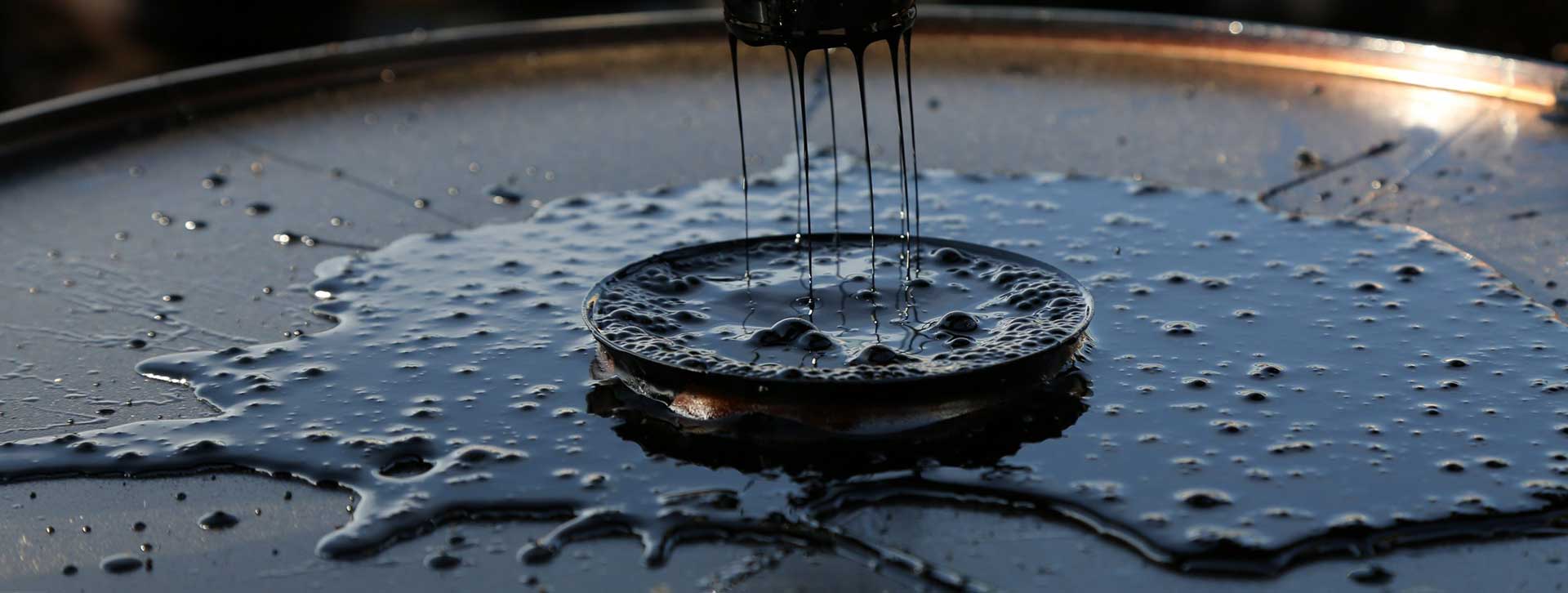
Paving (See also Agriculture, Hydraulics, Railways, Recreation):
• Airport runways, Taxiways, Aprons
• Asphalt blocks
• Brick fillers
• Bridge deck, Surfacing
• Crack fillers
• Floors for buildings, Warehouses, Garages
• Highways, Roads, Streets, Shoulders
• Kerbs, Gutters, Drainage ditches
• Parking lots, Driveways
• Portland cement concrete under seal
• Roof–deck parking
• Pavements, Footpaths
• Soil stabilization
Railways:
• Ballast treatment
• Dust laying
• Paved ballast, Sub–Ballast
• Paved crossings, Freight yards, Station platforms
Recreation:
• Dance pavilions
• Drive–in Movies
• Gymnasiums, Sport arenas
• Playgrounds, School yards
• Race tracks
• Running tracks
• Skating rinks
• Swimming & Wading pools
• Tennis courts, Handball courts
• Synthetic playing fields & Running track surfaces
We can offer the below mentioned bitumen grades:
► Penetration Grades (ASTM Standard): 40/50, 60/70, 80/100, 85/100, 120/150 & 200/300.
► Penetation Grades (EN Standard): 10/20, 20/30, 30/40, 30/45, 35/50, 40/60, 50/70, 70/100, 100/150 & 160/220.
► Oxidized Grades: 75/25, 75/35, 85/25, 85/35, 85/40, 90/10, 90/15, 90/40, 95/25, 105/15, 105/35, 110/30, 25/95 & 115/15.
► Cutback Grades:
- Rapid Curing (RC): RC–30, RC–70, RC–250, RC–800 & RC–3000
- Medium Curing (MC): MC–30, MC–70, MC–250, MC–800 & MC–3000
- Slow Curing (SC): SC–70, SC–250, SC–800 & SC–3000
► Cationic Emulsion Grades: CMS–2, CMS–2h, CRS–1, CRS–2, CSS–1, CSS–1h & CRS K1–40
► Anionic Emulsion Grades: HFMS–1, HFMS–2, HFMS–2H, HFMS–2S, HFRS–2, MS–1, MS–2, MS–2H, RS–1, RS–2, SS–1 & SS–1H
► Paving Grade (Australian Standard): C170, C240, C320
► Performance Grade: PG52, PG58, PG64, PG70 & PG76
► Viscosity Grades: VG10, VG20, VG30 & VG40.


